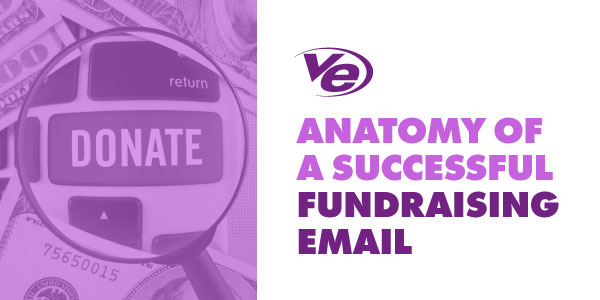
Contributions from: Brett Dinkins, Whitney Michael and Brit Schiel
When raising money for your campaign, you are constantly in competition with other candidates in your party, regardless of what office you are running for – so you need to stand out.
But how do you rise above and get noticed when sending a fundraising email? Three of our top fundraising consultants weigh in on the anatomy of a good fundraising email, and what it takes to get noticed.
The Sender:
When you log in to your email account, you’re likely to be presented with a trove of new messages. Odds are, the first thing you’re looking at is whether the emails you are receiving are from someone you know or someone you are familiar with. It’s one thing to receive a campaign email from an unknown campaign manager or finance chair, but it’s a lot more exciting to receive an email from the candidate directly, or a well-known surrogate making an appeal on behalf of the candidate. Try also being creative by sending a solicitation from the candidate’s spouse, children or parents. Just make sure to change it up, and make it unique.
The Subject:
Once the recipient of an email has identified the sender as someone of interest to them, they are likely to read the subject line. Why is this person contacting me? At a time when many people have been working from home, inboxes are being inundated with emails and readers are quickly deleting things that aren’t relevant or interesting to them.
Look at the subject as a headline or a call-to-action, which should be simple and interesting. Rather than a “I need your support,” subject, grab the recipient’s attention. Mention the event you are holding or the reason their support is so essential.
The Body:
Your sender and subject line are of interest to your reader. Now that you have their attention you need to provide a quick but relevant message or update to elicit their response.
Demonstrate that you’ve been active and working on issues important to them, then ask for help to accomplish the final goal you’ve laid out. You want the reader to recognize the importance of their contribution for the “greater good,” and that their donation will help you reach your final goal.
The Donation Button:
As part of the body of your email, you MUST have a button or link to your donation page. In fact, you should utilize both links and buttons so that the reader can make no mistake about where they can go to support you. An email without direct access to your donation page is a waste of the work you put in to get them there in the first place.
Frequency:
The size of your fundraising email list can help determine the frequency at which you contact your donors asking for help. If your list is small and made up largely of family and friends, consider meaningful, but less frequent solicitations. If your list is larger, you can segment it and send more consistent requests.
Remember that your donors want to help you, but they don’t want to be considered an ATM machine. If you constantly barrage your list, making desperate pleas for help, you’re going to notice your return on message will go down. But, if you’re considerate of the list you can create a dependable stream of consistent support.
Victory Enterprises’ fundraisers have years of experience raising money, and can help walk you through the best practices of asking for money.
If you are interested in how we can help you, contact Brit Schiel for more information.
Next week we will lay out the best practices for maximizing the effectiveness of your online donation page, and what you can do to make it an easy experience for your donors.
